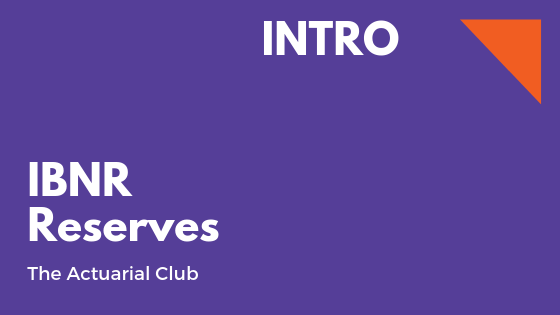The run off triangles helps in forecasting the reserve amount that needs to be held by the insurer at any point in time so that they have sufficient assets to cover their liabilities at any point in time. They can be used to forecast the different types of reserves.
Run off triangles are a method used to model claims experience. They’re specifically used to estimate the future claims that will be reported based on those already reported. When a claim event occurs there will be some time before it is reported or notified to the insurer – this is known as a claim delay.
Generally, one axis of the run off triangles matrix (vertical one) denotes accident year and the other axis (horizontal one) denotes development year (or, delay year).
Accident year specifies in which year the claim is reported. Development year specifies after how many years of the claim reported it is getting settled.
The upper-left-side run off triangle is usually formed with paid claim amounts (sometimes with incurred claim amounts). The lower-right-side triangle is a projection of future claim payments.
However, it is not always the case. The run-off triangles can also be based on the Reporting year or Underwriting year. But in general, what we use is Accident year.
The run off triangles are used to estimate how much or how many claims have been incurred in a reporting period (eg financial year) but are not yet reported and a reserve is held for this. It’s called an IBNR – incurred but not reported reserve.
When a claim event occurs there will be some time before it is reported or notified to the insurer – this is known as a claim delay. The insurer will incur numerous claims in a calendar year, and each of those claims will have a claim delay.
The run off triangles are used to estimate how much or how many claims have been incurred in a reporting period (eg financial year) but are not yet reported and a reserve is held for this. It’s called an IBNR – incurred but not reported reserve.
They look like the example below and can have 100 of quarters, the older the company, bigger the triangle.
